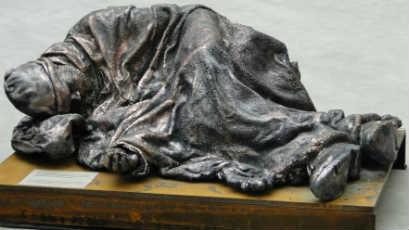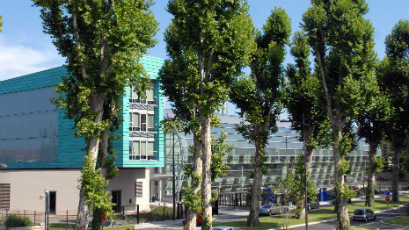Asset Publisher

In defence of Cinderella
European Social Charter – 1961
Jan MALINOWSKI

A great advantage ’tis, no doubt, to man,
To have wit, courage, birth, good sense and brain,
And other such like qualities, which we
Receiv’d from heaven’s kind hand and destiny;
But none of these rich graces from above,
In your advancement in the world will prove
Of any use, if Godsires make delay,
Or Godmothers your merit to display.
Charles Perrault
Cinderella, or The little glass slipper, 1697
I recently read a news item about a 5-year-old girl with autism who came across a wedding photo session in a park and took the bride for Cinderella. The little girl and the bride loved the encounter; it was a mutually rewarding experience. Minutes after I read that article, I was approached to contribute a piece for the project “Stories in history”. The co-ordinator of the project told me with regret that there was no story about the European Social Charter.
Having only recently joined the Social Charter team, I was tempted to decline the invitation straight away, but something in the story of the 5-year-old girl and her Cinderella bride made me want to write it. I thought that in every kingdom there is a Cinderella, and in the Council of Europe we also have one, maybe more. The one that immediately came to mind was the collective complaints procedure of the European Social Charter, a princess in rags.
The European Social Charter is one of the two most important human rights treaties of the Council of Europe. It is complementary to the jewel in the crown of our Organisation, the European Convention on Human Rights. The two treaties cover different areas of the human rights spectrum, but also overlap and are intertwined in many ways. The most reputable human rights literature presents the two sets of rights as part of an indivisible whole, seeking to make good – in the words of the Universal Declaration of Human Rights – the inherent dignity and the inalienable rights of all members of the human family. They are meant to deliver freedom, justice and peace in the world. Human rights are universal, indivisible and interrelated or interdependent.
The Council of Europe and the European architecture were designed to provide the value framework (human rights, democracy) and the integration path (economic and potentially political union) that would prevent the return of “the dark ages” (borrowing Winston Churchill’s words). Social rights and social cohesion are at the heart of it. The founding members of the Organisation declared themselves “[c]onvinced that the pursuit of peace based upon justice and international co-operation is vital for the preservation of human society and civilisation”. In the statute adopted in 1949, they incorporated “social progress” as one of the Organisation’s aims and primary tools for the realisation of the underlying ideals, intended to “source individual freedom, political liberty and the rule of law” as bases of “genuine democracy”.
Why then the split between human rights? It is sometimes explained as fallout of the gradual chilling that led to the Cold War. The 1948 Universal Declaration of Human Rights made no distinction, but the 1950 Convention for the Protection of Human Rights and Fundamental Freedoms (in its full official title, also known as the European Convention on Human Rights) protects the so-called civil and political rights. Social rights, perceived at the time as credentials of “the others”, were only embraced in the 1961 European Social Charter – coincidentally, the same year the Berlin Wall was erected – and set out a menu from which states could pick and choose. The artificial split was strengthened by the adoption of two separate United Nations covenants in December 1966. No reproach intended to the ugly sisters.
If you wish to continue your reading, you may buy the book "Europe: a human enterprise".
Jan MALINOWSKI
Born in 1959 in Chile, and a Spanish national, Jan qualified as a lawyer in Spain and in England. Following eight years of professional practice in Barcelona and London, he joined the Council of Europe in 1993. He worked for 11 years with the Committee for the Prevention of Torture (CPT), the Council of Europe’s anti-torture watchdog. Between 2005 and 2014 he was responsible for media policy, freedom of expression and internet governance. In December 2014, he became the Executive Secretary of the Pompidou Group, the Council of Europe platform designed to provide innovative and human rights-based responses to the global drug problem. In July 2018 he became the Head of the Department of the European Social Charter and Executive Secretary of the European Committee of Social Rights.




